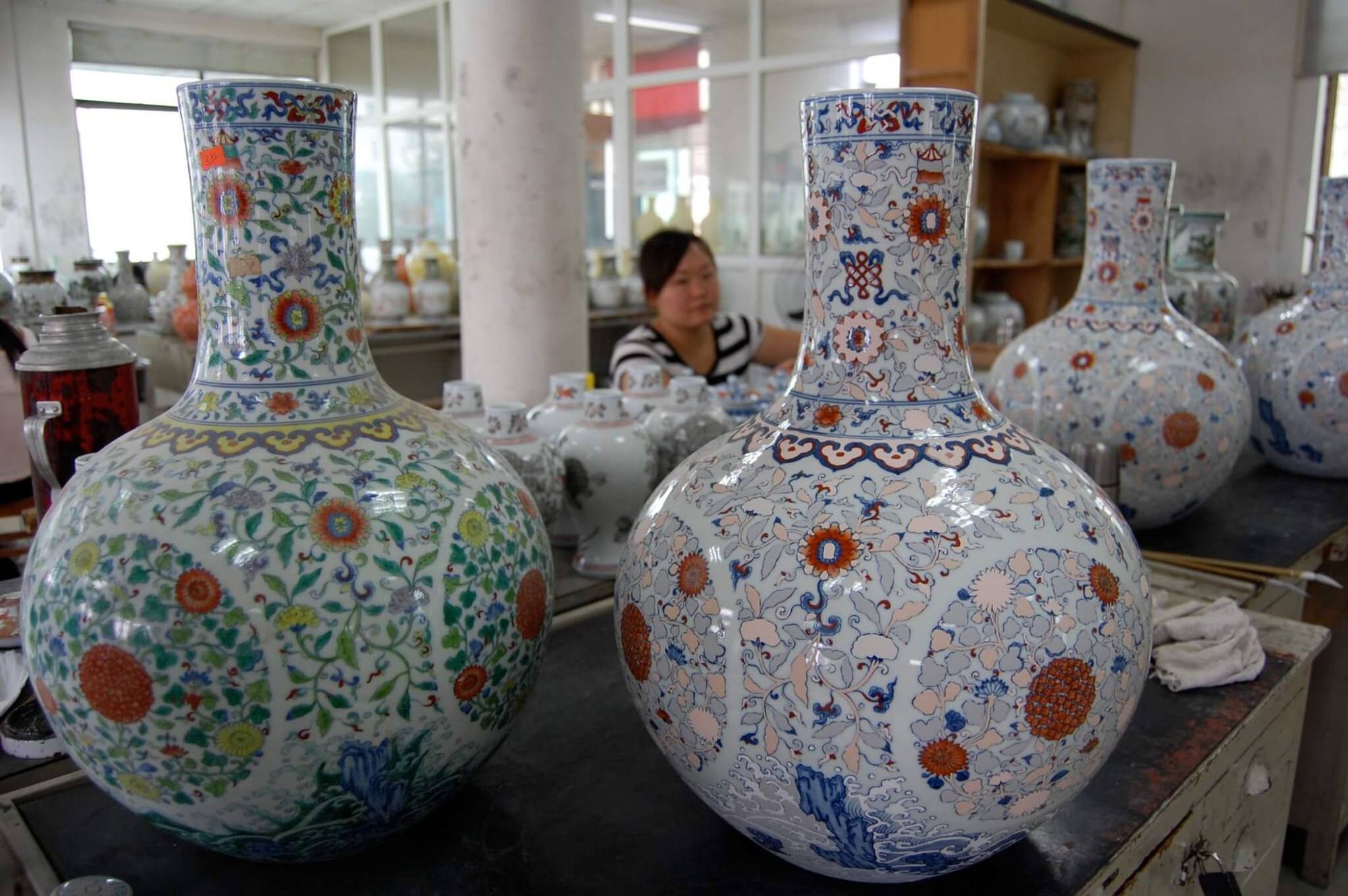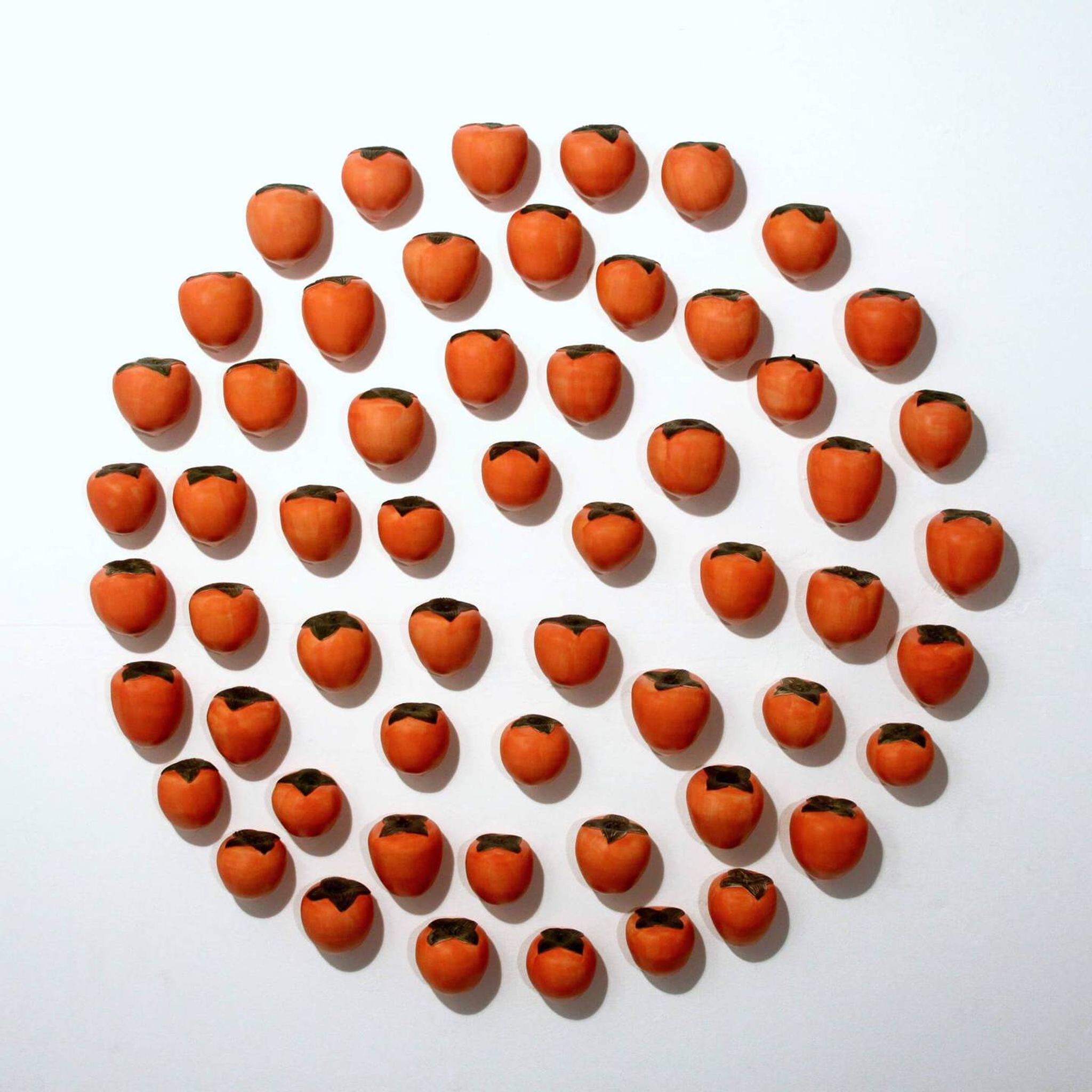This Artist's Work with Flowers Will Change Your Body Chemistry
For ceramic artist Juliane Shibata, there are two characteristics she's consistently drawn to in making work: size and multiples. Juliane says, "Most of the work that's closest to my heart tends to be larger scale because I want to create an environment where people feel like their body chemistry changes. You know, they're impacted by a landscape of floral imagery. And then I use multiple components to try and get this visual energy that reverberates on the wall or on the floor to the viewer."
"Over the course of a career, one's ideas change a lot, and I've always been one to take these different facets and follow them."

A trip to China in 2011 sparked the idea to incorporate floral symbolism in her work. "I went to the porcelain capitol of the world where early production of porcelain began many, many, many years ago. I noticed a lot of different symbolism on pottery. Peaches would be a symbol of longevity and different flowers would signify different things. I came back and began creating installations that would speak toward symbolic things."

In 2013, Juliane created an installation with dozens of sculptural, hand-molded persimmons. It was that piece that led her to think about her own heritage and two important people in her life. "I started thinking more about my two grandmothers and what symbols I might use to represent them in my work. My maternal grandmother loved violets and my paternal grandmother loved irises. So, I combined those in several pieces to speak to the generations of time and also, the women in my life. From there, I started delving more into flowers and getting into the actual plant material and contrasting real flowers with ceramic flowers."
One of the things that Juliane appreciates most about her work with live and ceramic flowers is how viewers interact with it. She says, "One slowly wilts over time and the other remains constant. It changes the nature of the piece where somebody has to come back multiple times to understand it. Sometimes you can't tell what's real and what isn't, so it gets people to kind of go back and forth. I like that when you get closer to the piece, you might understand a little bit better by seeing if something's real or not or if it's starting to fade over time."

Special Thanks: Augsburg University, Jenny Wheatly
Additional Media: Eric Mueller, Peter Lee
Minnesota Music:Minnesota Music: Lazerbeak, J.B. McLain, Aby Wolf
Production Team: Amy Melin, Bobby Edwards, Brennan Vance
This story is made possible by the Arts and Cultural Heritage Fund and the citizens of Minnesota.
